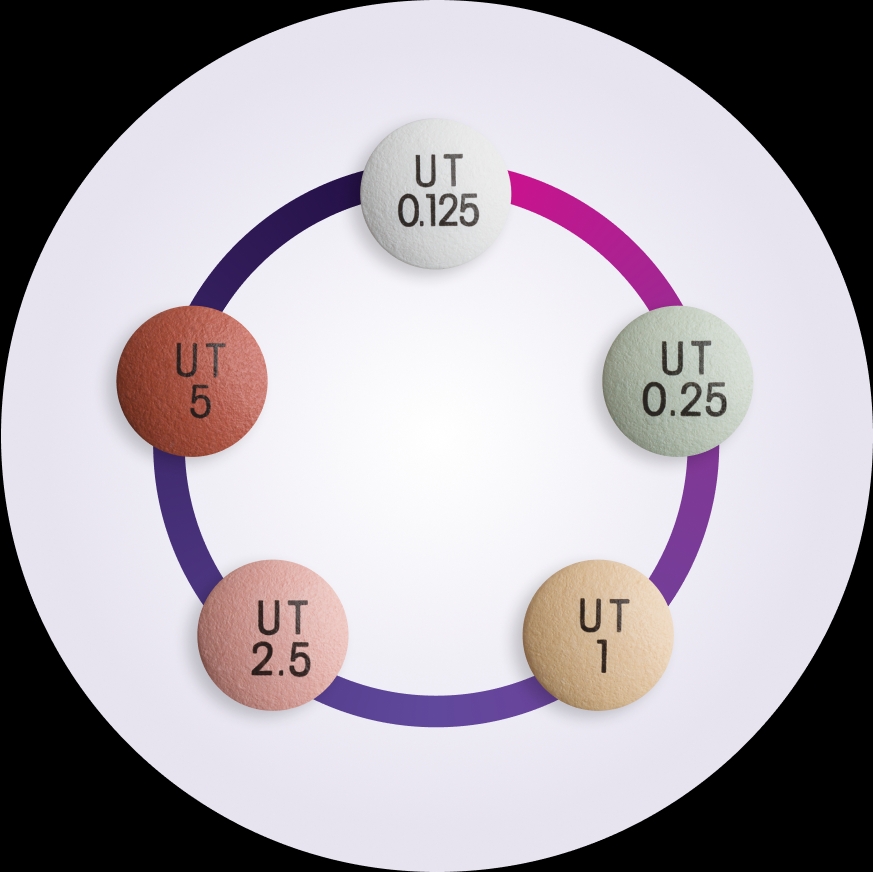How to Take Orenitram Making Orenitram a part of your routine
A guide to taking Orenitram
Like other medicines you may be taking, Orenitram is an oral tablet.
You take it with food, usually 3 times daily (every 8 hours).*
Taking Orenitram with food helps the body absorb the medicine and may help reduce side effects, such as vomiting and nausea. Talk to your healthcare team about food choices that may work best for you and get more tips here.
*Orenitram may also be taken 2 times a day (every 12 hours). Tablet strength may be increased depending on how well you tolerate treatment. The maximum daily dose is 120 mg.
Example schedule

Breakfast

Afternoon snack

Bedtime snack

[My advice is to] be very patient with yourself and your body until it kind of adjusts to the new form of medication going into the body.
- Orenitram Patient
Individual experiences may vary.

Finding your dose
When you start Orenitram, your healthcare team will work with you to gradually increase your dose—a process called titration.
During this time, your body is still getting used to the medicine, and you will likely experience side effects. Remember that side effects may get better with time as you continue increasing your dose of Orenitram. And, there may be ways to manage expected side effects.

Personalized dosing
Five different tablet strengths make it easier for your healthcare provider to adjust your dose.
Since PAH is a progressive disease, your treatment needs may change over time. Your healthcare provider can continue to increase or change your dose to meet your needs. That way, you may be able to stay with Orenitram long term to help control your PAH. The maximum daily dose is 120 mg.

Not shown at actual size.
Tips for staying on track
Starting a new medication can feel like a lot. But there are steps you can take to help keep things on track. Remember, sticking with Orenitram means you have a chance to see real improvement.

You don’t have to take Orenitram with a full meal—a snack is fine

To avoid missing a dose, try adding alerts to your calendar or smartphone alarm

If you’ve started on Orenitram and you miss a dose, take a dose as soon as possible with food. If you miss 2 or more doses, call your healthcare provider for guidance

Try using the meal planner to plan out how Orenitram can fit into your day
Discover the kit designed to simplify your dosing plan
Titration Kit





